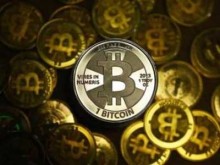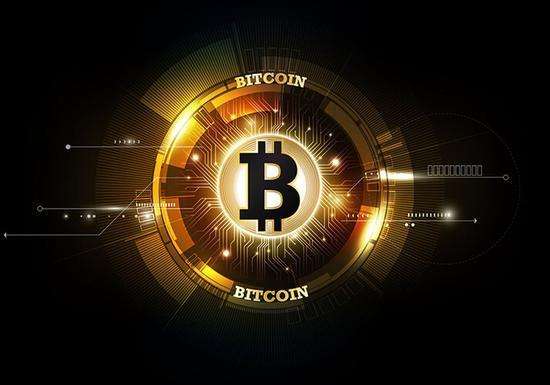Recently, in the field of cryptocurrency, anyone who is concerned about Ethereum should have realized a bad luck, the validator 20075. Because he was the first person to be punished by Ethereum Slash. Slash penalty means that Ethereum 2.0 collects a fine from the 32 ETH pledged in the node. Any amount of the Slash fine cannot be replaced. If the node staking ETH tokens falls below 16 due to the accumulation of Slash penalty, the node will automatically Withdraw from the Ethereum 2.0 network.
And the first friend who triggered the Slash penalty mechanism: Verifier 20075 apparently had some misbehavior.
Rudy, Director of Marketing at InfStones, explained that this behavior is called "double signing". This is not a bug in the program. It is either due to a mistake in the operation of the node operator or malicious behavior.
If the following problems occur during verification, the verifier will be fined:
1. The validator uses different roots (essentially a hash of internal data) in the same slot to propose two conflicting blocks. If such operations are not punished, then the verifier can easily create unnecessary forks or cause confusion. Note: Simply proposing the same block twice will not be fined;
2. The validator proves two conflicting blocks in the same slot. This is called double voting, and it also means that validators may try to create conflicting chain forks. Note: Simply voting for the same block twice will not be fined;
3. The votes cast by the validator are "surrounded" or "surrounded" by previous votes, which means that the validator attempts to vote against history, in which case it will be fined;
There are too many shortcomings of Ethereum 2.0 mining, I have sorted it out:
1. The participation threshold is high, requiring 32 ETH;
2. Long lock-up period and uncertain liquidity;
3. The technical cost needs to be borne by the node itself, and the annual cost is about US$120;
4. Staking nodes need to be stable and active 24 hours a day, 7 days a week, otherwise there will be penalties and the income will be difficult to guarantee.
These are the inherent obstacles brought by the current Ethereum 2.0. In order to clear these obstacles, the exchanges have introduced different solutions.
ZB.com and QuickCash launched QETH, which successfully lowered these inherent thresholds. After the author's analysis, QETH has the following advantages: QETH liquidity is guaranteed; users do not need to bear technical costs; the participation threshold does not need to be 32 ETH low Until 0.1ETH, the node is maintained by the platform; the income is issued according to ETH2.0. Of course, in addition to QETH, China Coin has also launched the one-click pledge of QETH, which is no different from ETH2.0.
In my opinion, this is a very good service. The exchange must play an important role in promoting the currency circle. Therefore, when investors see new things, they should pay more attention to the dynamics of the exchange, and don't become the hapless 20075.
,郑重声明:本文版权归原作者所有,转载文章仅为传播更多信息之目的,如作者信息标记有误,请第一时间联系我们修改或删除,多谢。










